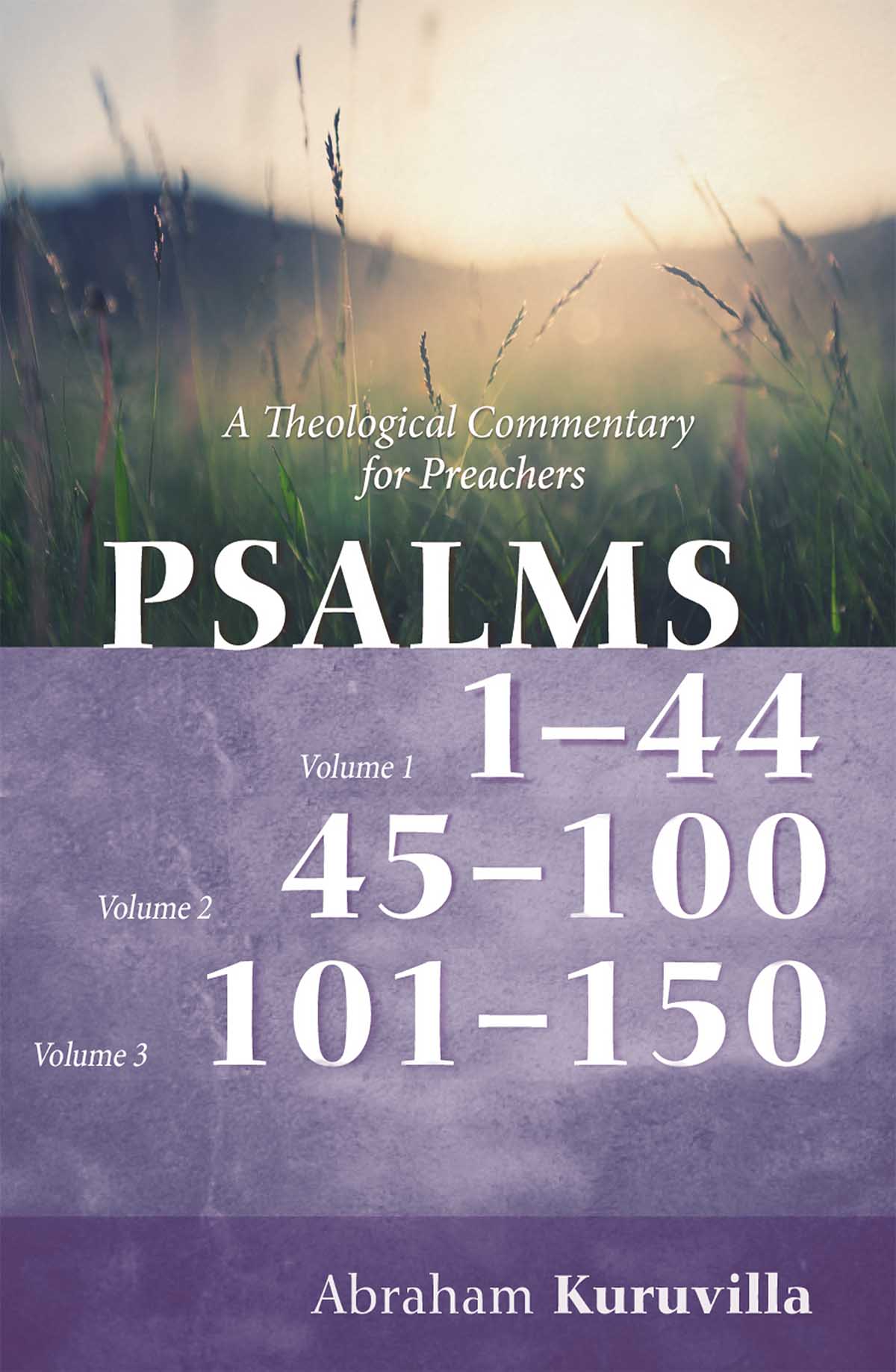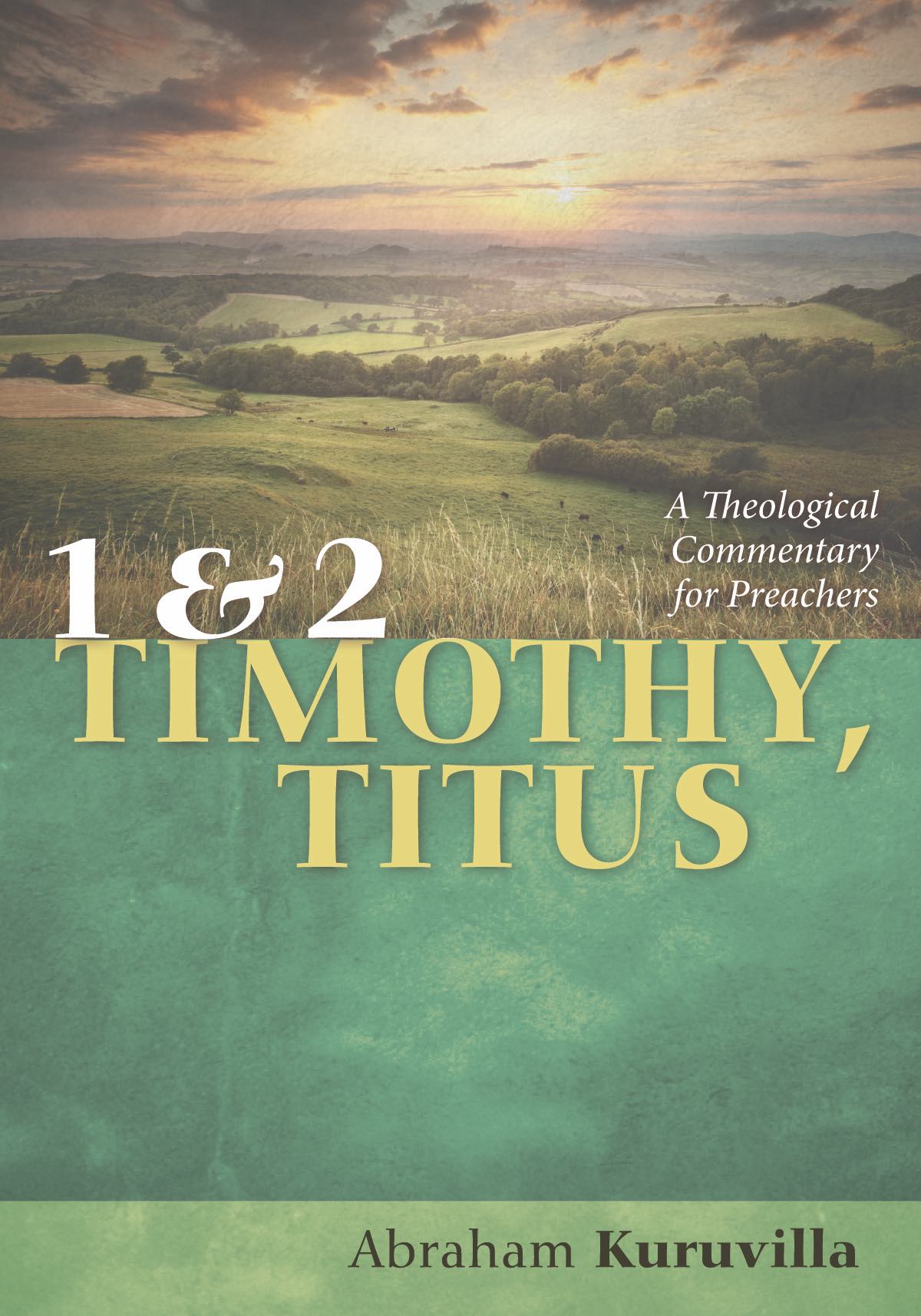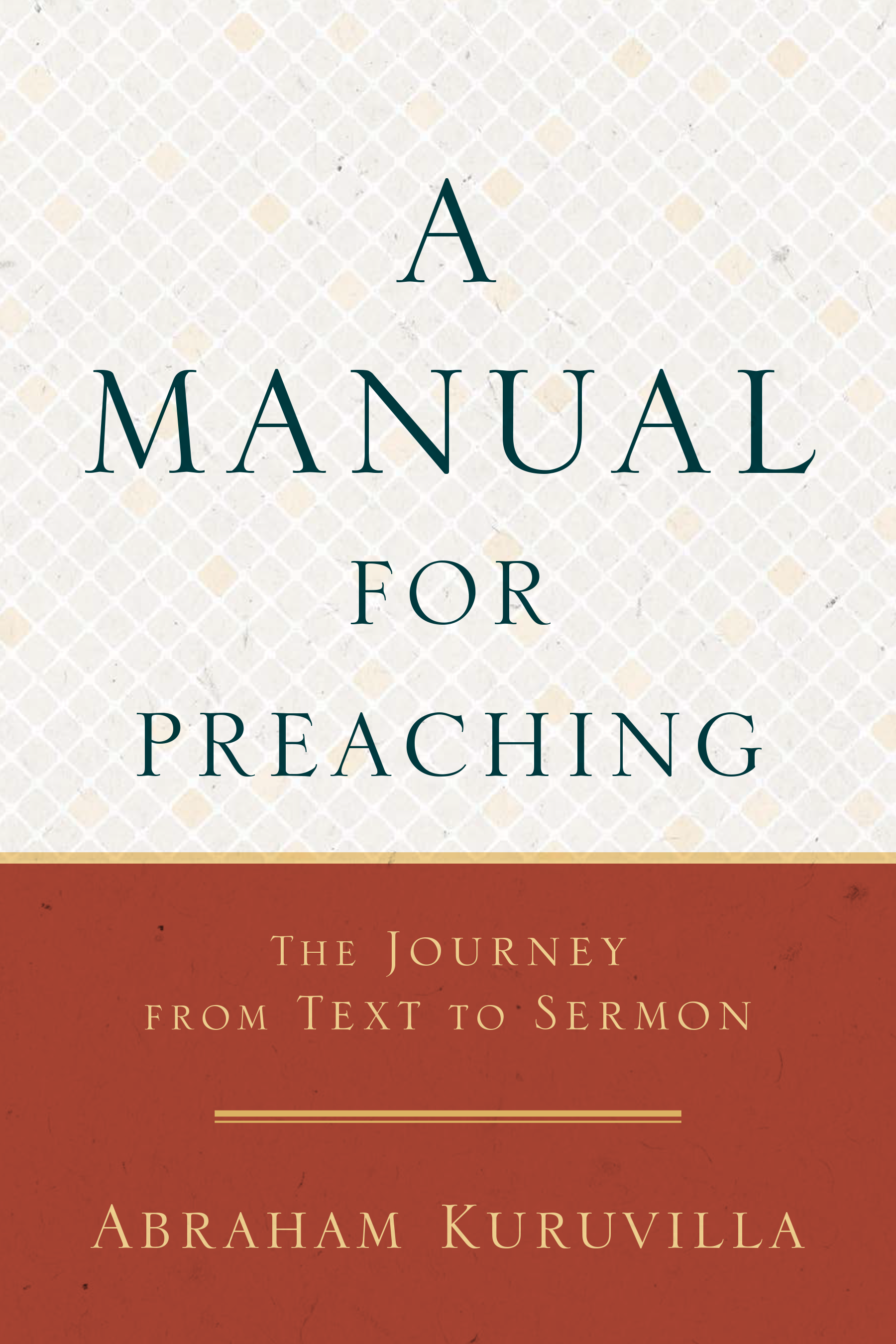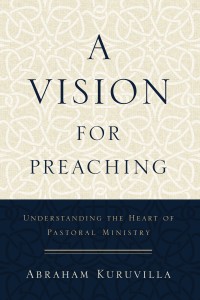Genesis 1:1−2:3

God exercises his sovereignty over the cosmic Temple over which he reigns, deputizing humans bearing his image, to represent him to the rest of the cosmos.
The first chapters of Genesis contain a theology of creation that asserts the bankruptcy of the contemporary pagan creation stories of the cultures surrounding Israel, with their mistaken notions of the nature of deity, the idolatry of astronomical bodies and natural entities, and a misunderstanding of the place and role of humanity. Genesis 1 must be considered against this backdrop—a communiqué from God to his people surrounded by pagan polytheism and mythology. Yahweh alone was the God of power, totally sovereign and supreme, able to create and control everything in the cosmos.
The longest description of a day of creation is that of Day 6 (1:24–31), in which creation reaches its zenith: man is created in the image of God. And, unlike the creations of days past, here God affirms emphatically, “it was very good” (1:31). (Actually, there is no approval by God on the second day; as one commentator remarked, “Even God did not say that Mondays are good!”) And, after creating man, God, for the first time, speaks to someone (1:28)—the first time in Scripture that God’s communication occurs to one capable of receiving it. Something momentous has happened!
After the statement about the divine image in man and the command to be fruitful comes the declaration: “And let them rule” (1:26). Thus the image of God indicates the royal office of humans as God’s representatives, authorized to actualize the rule of God over his creation. In light of divine transcendence and sovereignty emphasized so constantly in Gen 1:1–2:3, it is amazing that God assigns such honored status to one of his creations.
One more thing ….
There is a potent analogy between temple and cosmos in the creation account of Genesis 1, as well as in a number of places in the Old Testament. For example:
Thus says Yahweh,
“The heavens are My throne and the earth My footstool.
Where then is a house you will build for Me?
And where is a place for My rest?
For My hand made all these things,
And all these things came into being.”
Isaiah 66:1–2
In fact, seeing the cosmos as a temple, the seven-day creation of the cosmos becomes, in effect, the dedication of that temple—such seven-day dedications were the norm in temple- and tabernacle-building elsewhere in the Bible.
And then … God “rests”?
The LORD reigns, He is clothed with majesty;
The LORD has clothed and girded Himself with strength;
Indeed, the world is firmly established, it will not be moved.
Your throne is established from of old;
You are from everlasting.
Psalm 93:1
Notice the link between the establishment of the world and Yahweh’s reigning. Yahweh’s enthronement in the Temple is, essentially, his “rest.” In other words, for God, “rest” is not disengagement but, rather, active engagement with his creation from the control room of the cosmos. Also catch the absence of the “evening + morning” formula on Day 7: this day of God’s “rest” and reign never ends!
Thus at the very beginning of Scripture, a relationship with God is established: God is absolutely sovereign, reigning over his cosmos; and man is created in God’s image to rule over creation. The “hows” of the relationship between Creator and creation, and the keeping of divine demand, consume the remainder of Scripture. God is inviting his people to live in his world that runs by his priorities, that engages his practices, and is geared for his purposes.
[For more detail on this passage see the appropriate section of Genesis: A Theological Commentary for Preachers.]












 Abe Kuruvilla is the Carl E. Bates Professor of Christian Preaching at The Southern Baptist Theological Seminary (Louisville, KY), and a dermatologist in private practice. His passion is to explore, explain, and exemplify preaching.
Abe Kuruvilla is the Carl E. Bates Professor of Christian Preaching at The Southern Baptist Theological Seminary (Louisville, KY), and a dermatologist in private practice. His passion is to explore, explain, and exemplify preaching.
1 Comment
I really enjoy your literary observations on any text you deal with, dear Abe! Keep studying, teaching, preaching, and writing. Warmly, rr.